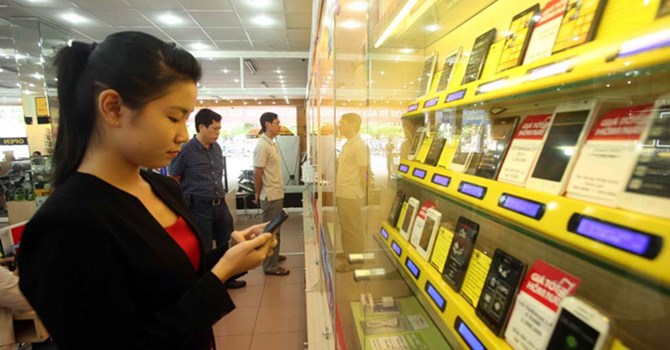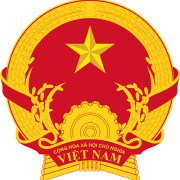
Vietnamese Mobiistar and Bavapen brands have caught the public’s attention with the launch of smartphone models priced at below VND4 million and equipped with strong features.
Mobiistar has launched Prime X1 and Prime X 2017, both of which have 5.5 inch HD screen, RAM 3GB and 2GB, priced at VND3.69 million and VND3.46 million.
Meanwhile, Bavapen has James Bond priced at VND3.55 million, also with 5.5 inch HD screen, RAM 2GB, 13 MP camera and the ‘one-hand’ feature which allows to operate with one hand.
All three models have monolithic design and fingerprint sensors, a feature which previously was only designed for mid-tier products priced at around VND5 million or more.
Mobile phones with Vietnamese brands first appeared in the market in 2006-2007 as a result of the OEM movement (original equipment manufacturer).
Vietnamese businesses ordered Chinese manufacturers to make phone parts, then assembled and sold finished products under their brands.
ABTel, the distributor of Siemens, BenQ-Siemens, Dopod and HTC products, for example, developed Q-mobile brand.
Thanh Cong Mobile Phone JSC, which was the distributor of Sharp products, developed Bavapen., while Mobile Star Corp, founded by people who were the distributors of Sony Ericsson, developed Mobiistar.
Since the establishment, Vietnamese brands have been facing a lot of difficulties amid a series of big rivals such as Samsung, Sony and HTC.
In the market segment of products priced at below VND5 million which Vietnamese targets, there are too many rivals from China: Huawei, ViVo, Coolpad, Meizu and Oppo, which now sell well.
The sales of the products account for 40 percent of total mobile phone sales.
Nguyen Quoc Bao, chair of Thanh Cong Mobile JSC, commented that in many Asian countries, local brands hold overwhelming market share. In Pakistan, for example, domestic brands hold 70 percent of the market share, followed by iPhone and Samsung, while Chinese brands cannot penetrate the market.
Bao called on Vietnamese consumers to recognize the efforts made by domestic brands and buy Vietnamese goods.
“We have strength in design and production quality and have a reasonable price,” he said.
Meanwhile, Ngo Nguyen Kha, CEO of Mobile Star Corp, said the advantages of Mobiistar products are “reasonable price, beautiful design and serious investment in improving users’ experience”.
Vietnamese brands have been advised to target workers with mid- and low income and students who need mobile device to take pictures, read news and surf social networks.
